
Taipa is an area in Macau, connected to Coloane through the area known as Cotai, which is largely built from reclaimed land. Located on the northern half of the island, Taipa’s population is mostly suburban. Administratively, the boundaries of the traditional civil parish Freguesia de Nossa Senhora do Carmo are mostly coterminous with that of the former Taipa Island, except for a portion of the parish that lies on the island of Hengqin (Montanha), housing the campus of the University of Macau.

Coloane is the southernmost area in Macau, connected to Taipa through the area known as Cotai, which is largely built from reclaimed land. Known as “Lou Wan” in Cantonese, Coloane forms the southern part of Macau. Its population consists of several settlements dotted around the parish, such as Vila de Coloane, Hac Sa, Ká-Hó, and Cheoc Van. Administratively, the boundaries of the traditional civil parish of São Francisco Xavier are coterminous with that of Coloane.
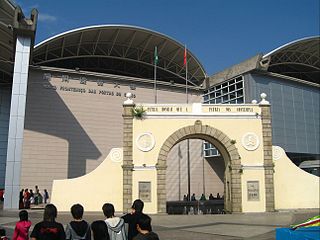
Nossa Senhora de Fátima is the northernmost and largest civil parish in the Macau Peninsula of Macau. It has an area of 3.2 square kilometers (1.2 sq mi) and a population of 126,000, which constitutes about 40.3% of the peninsula's land mass and one-third of the population.

Santo António is a civil parish in the western portion of the Macau Peninsula of Macau. It has the highest population density in Macau.
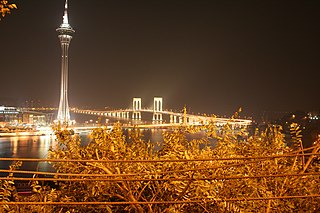
Sé is a southeast civil parish in the Macau Peninsula of Macau. It is the second largest peninsular district in Macau after the civil parish of Nossa Senhora de Fátima. The parish area is named for the Igreja da Sé.
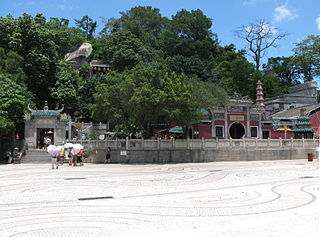
São Lourenço is a civil parish of Macau. It is located in the southwestern of Macau Peninsula and named after Lawrence of Rome.
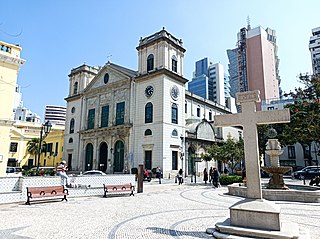
The Diocese of Macau is a Latin Church exempt ecclesiastical territory or diocese of the Catholic Church, in contrast with the Diocese of Hong Kong, which is, de jure, part of the Ecclesiastical Province of Guangdong.

Religion in Macau is represented predominantly by Buddhism and Chinese folk religions. During the period in which the city was under Portuguese rule (1557–1999) the Catholic Church became one of the dominant faiths, but nowadays it has greatly declined.
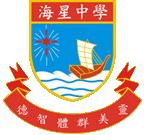
Escola Catolica Estrela do Mar or E.M is a Catholic preschool through secondary school in São Lourenço, Macau, China. The school has an annual event held on 8 December each year which commemorates the construction of the school. The registration school serial number at the Education and Youth Affairs Bureau (Macau) is 004 and 005 for the branch. It is a member of the Macau Catholic Schools Association.
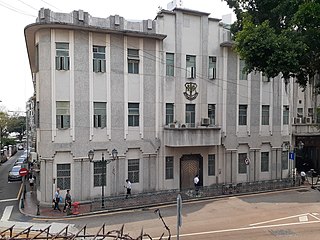
Instituto Salesiano is a Catholic elementary school through secondary school in São Lourenço, Macau. The school is one of the oldest educational institutions founded in Macau. The medium of instruction is English, although some particular subjects such as Chinese Literature and Chinese History are taught in Cantonese. It is a member of the Macau Catholic Schools Association.
Luis Ruiz Suárez S.J. was a Spanish-born Jesuit priest and missionary to China. Father Ruiz founded Casa Ricci Social Services, and later the Caritas Macau charity. His work in the 1950s focused mainly on refugees from mainland China. As Casa Ricci's works developed, it spawned Caritas Macau and Ruiz turned the focus of Casa Ricci to work with lepers and their families, and still later to those suffering from HIV/AIDS. He came to be known by several nicknames – "Luk Ngai", "Father of the Poor", and "Angel of Macau."
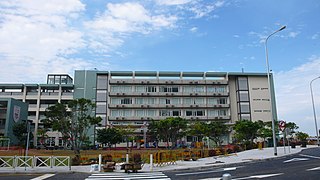
The International School of Macao, is an international school in Taipa, Macao next to the Macau International Airport. It occupies blocks K and Q of the Macau University of Science and Technology. It is accredited by Alberta, Canada.
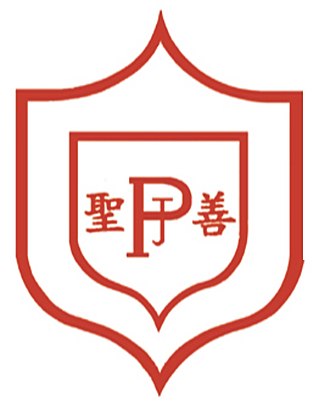
Escola Dom João Paulino is one of the earliest schools built in Macau, established in 1911. Located on Taipa, it is operated by the Diocese of Macau. It is a member of the Macau Catholic Schools Association.

Macau Anglican College is a private Christian school in Taipa, Macau. Macau Anglican College was established in 2002 and provides education from kindergarten to senior secondary. It is an Anglican Foundation College, meaning it receives professional advice and financial backing from the Anglican Church in Hong Kong.

Kao Yip Middle School is a preschool through secondary school in Sé, Macau. It was founded in 1910 and merged with the Confucianism Middle School and Silver Leaves Primary School in 1975. Kao Yip Middle School is the only school in Macau with Confucianism as a principle.

Colégio Mateus Ricci is a Roman Catholic kindergarten/preschool through secondary school in Macau and a member of the Macau Catholic Schools Association. It was named after Matteo Ricci and established in 1955. Caritas Macau established the school.

The Macao Conservatory is a public conservatory in Macau, a special administrative region of China.

Catholic religious institutions, associations, and communities in Macau operate in the territory of the Macau Special Administrative Region (MSAR), which is currently under the ecclesiastical jurisdiction of the Diocese of Macau, founded on 23 January 1576. Besides its diocesan priests, this Catholic diocese is assisted by various male and female religious orders, congregations, and institutes. The diocese is also supported by various institutions, movements, brotherhoods, and associations of Catholic inspiration made up of lay and religious people. All these Catholic bodies provide a variety of religious, social, educational, welfare, and cultural services to the Catholic and non-Catholic populations of Macau.

















